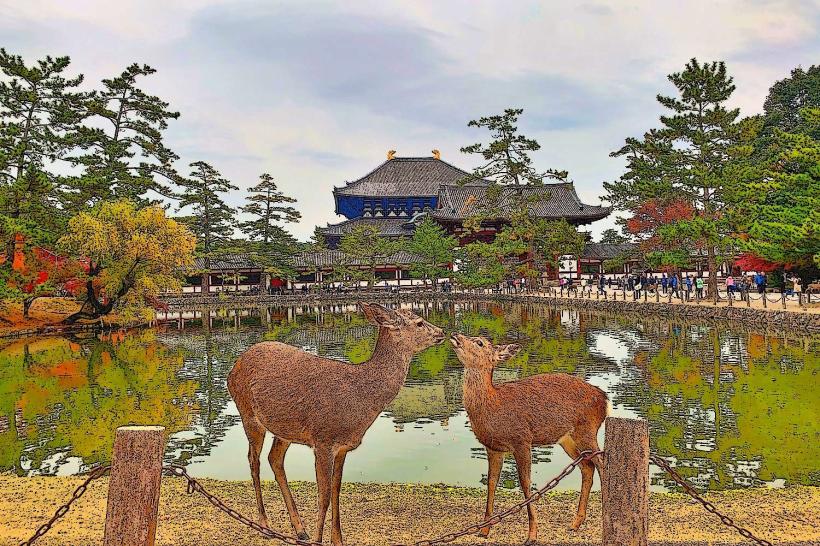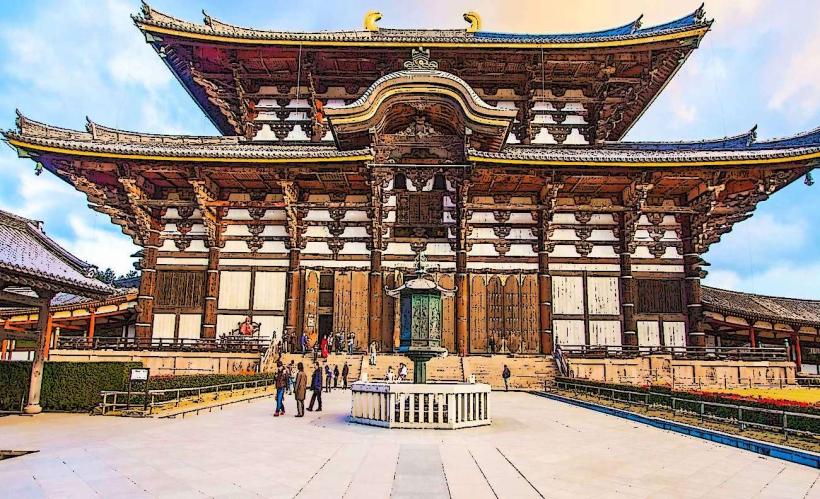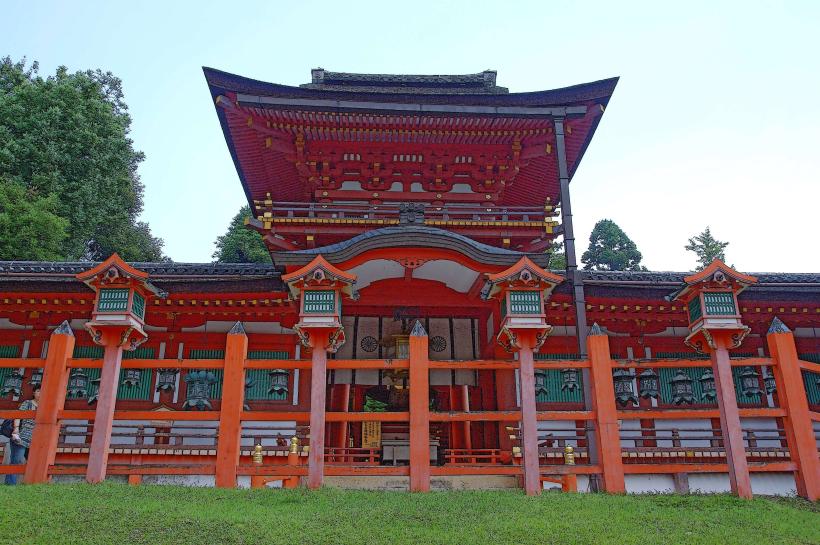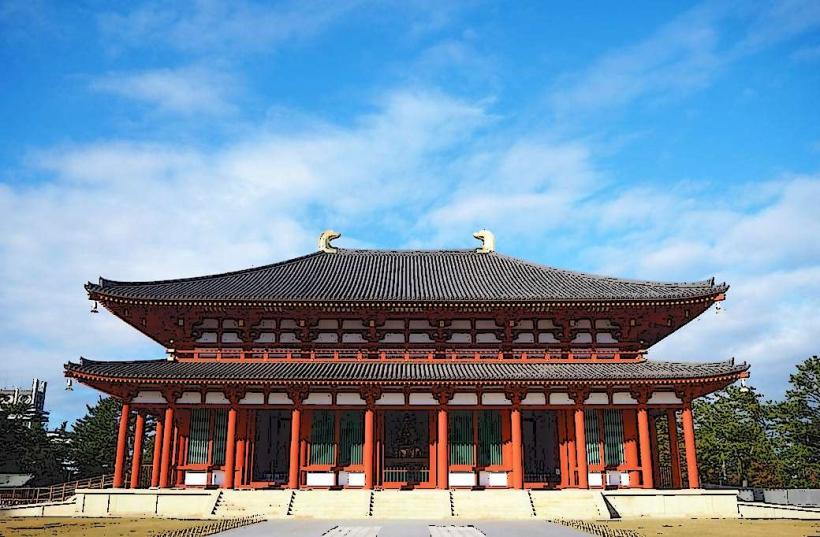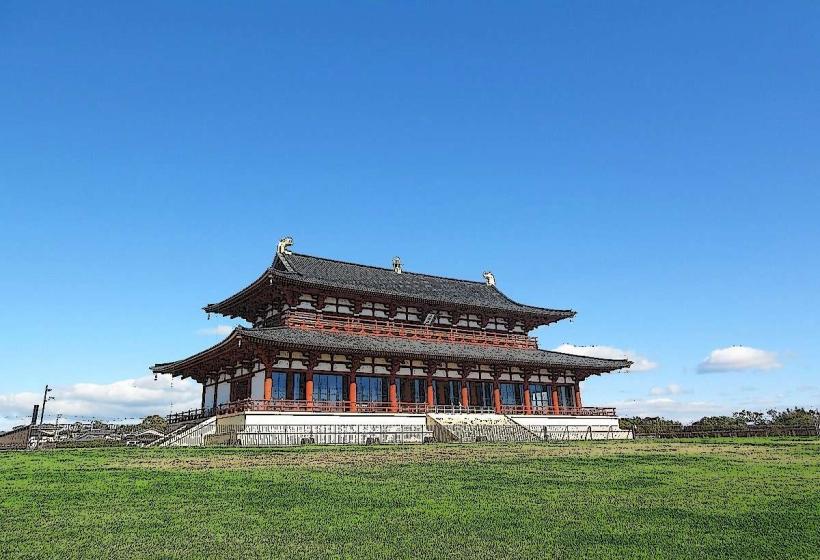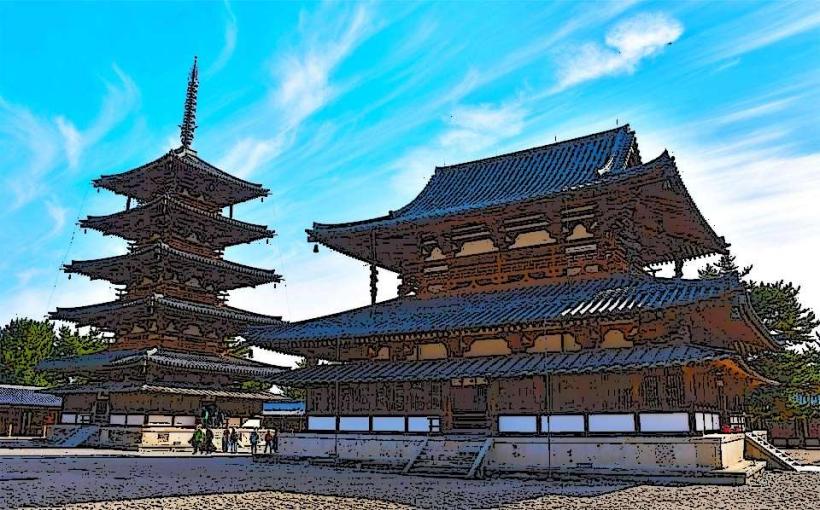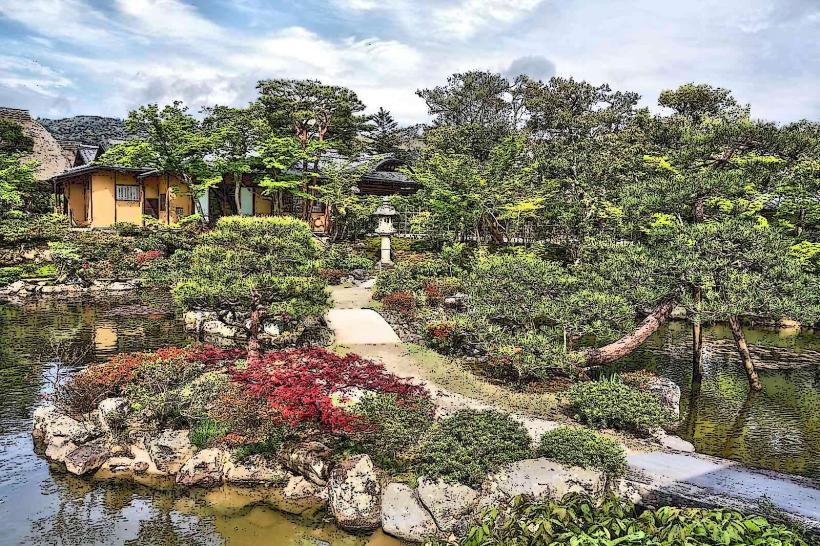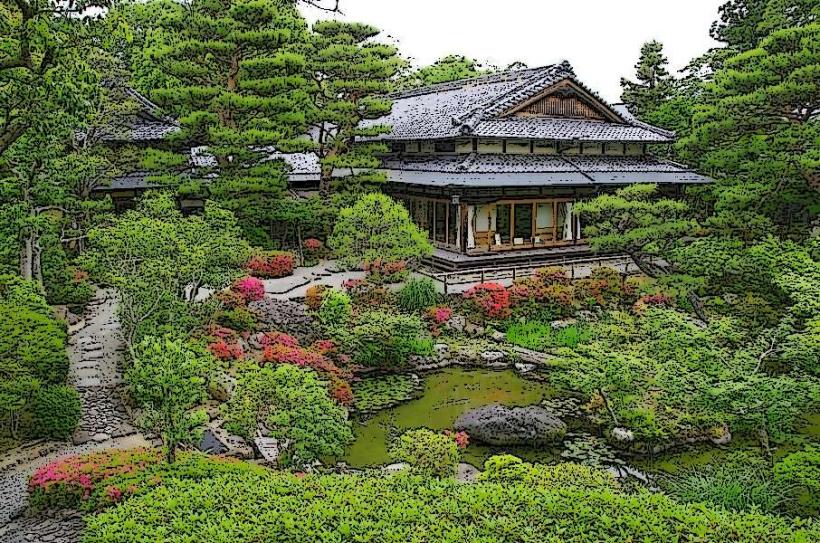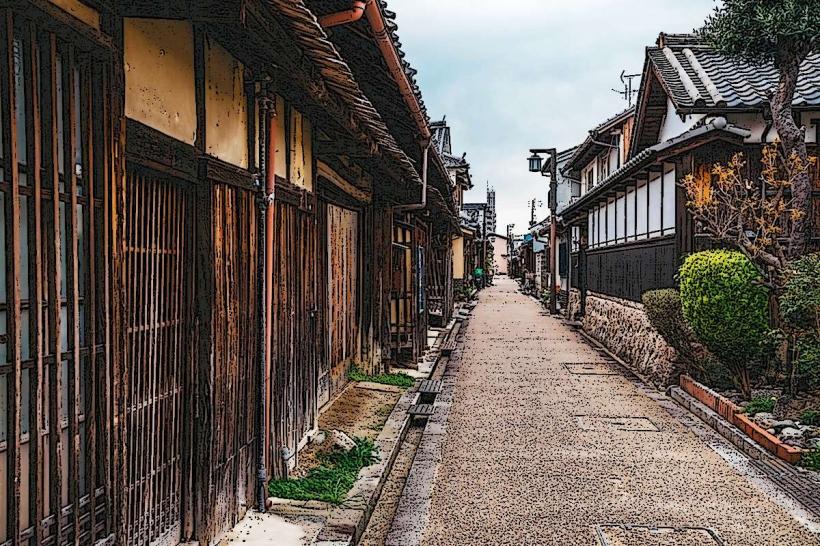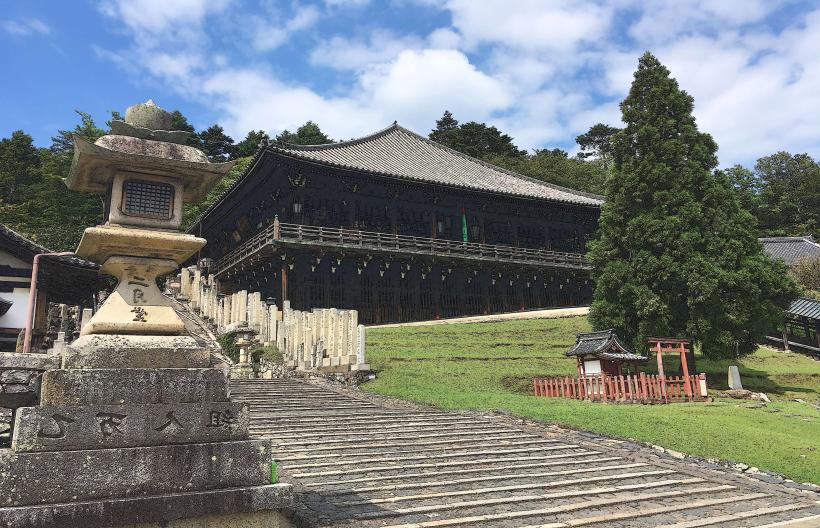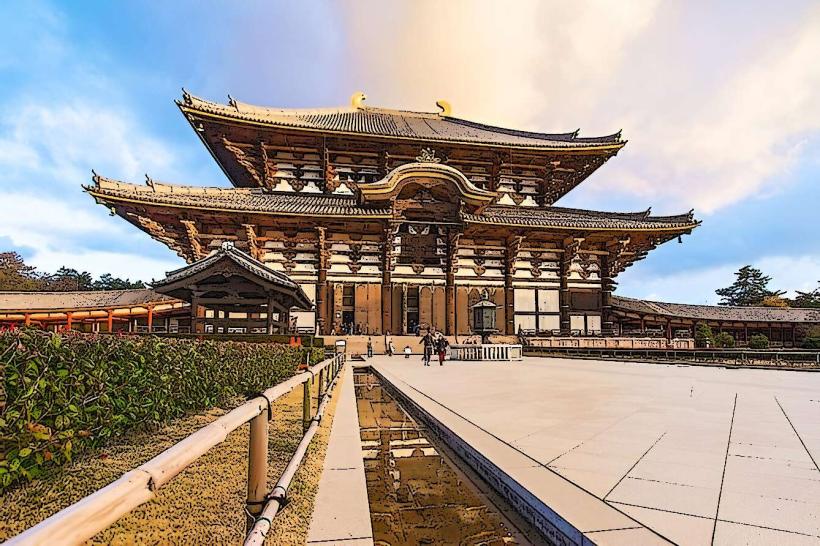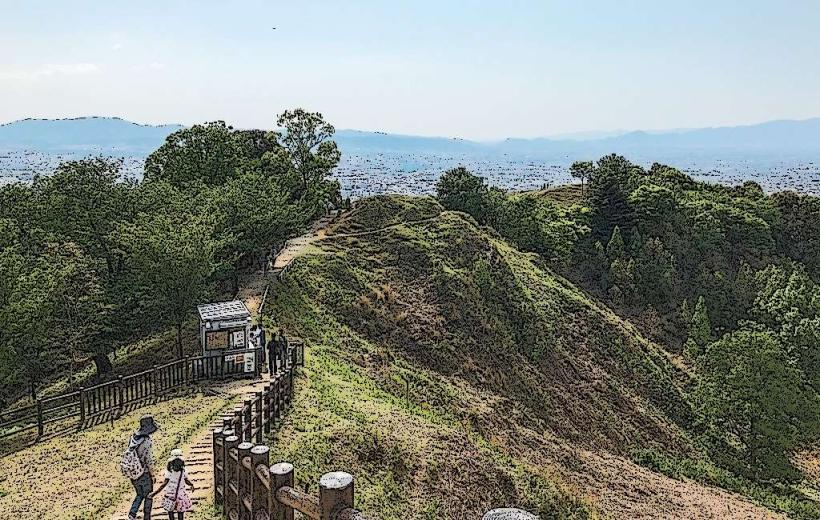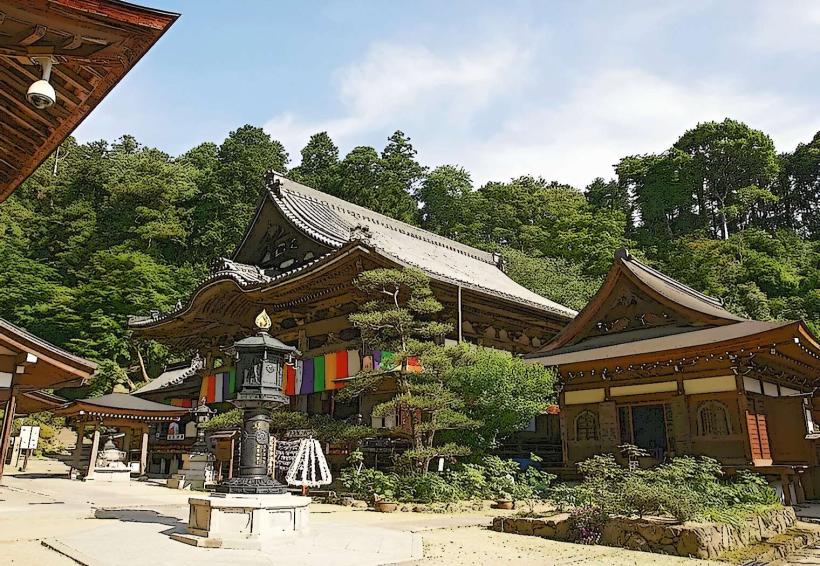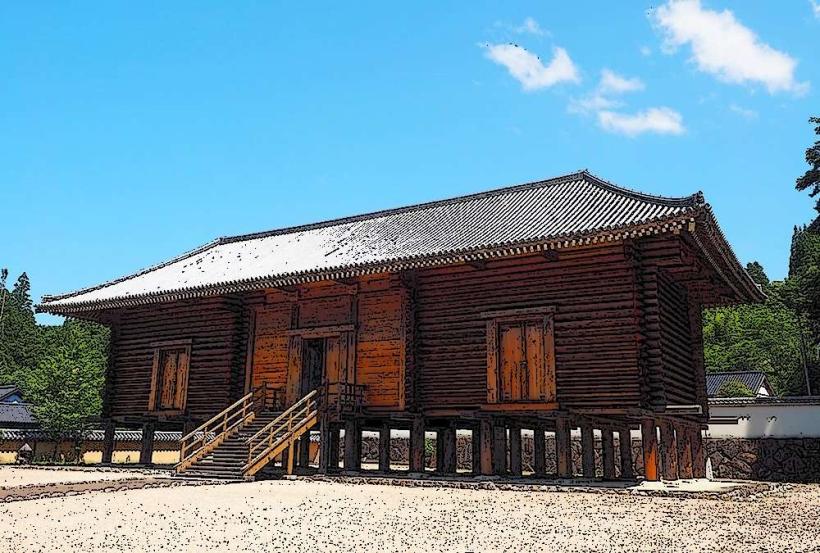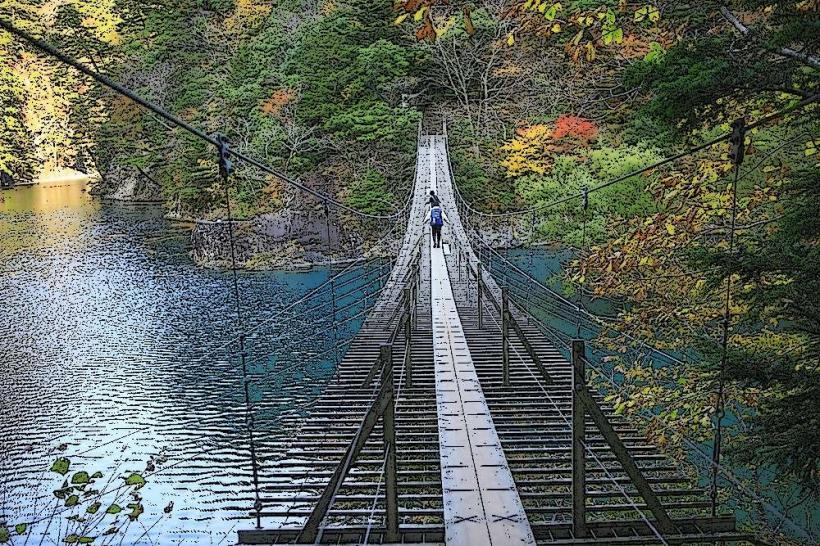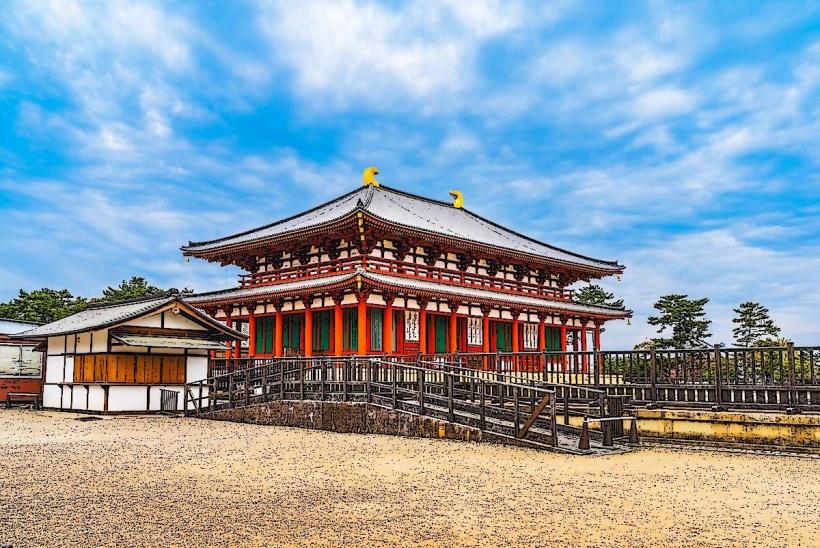Informations
Point de repère: Nara National MuseumVille: Nara
Pays: Japan
Continent: Asia
Nara National Museum, Nara, Japan, Asia
The Nara National Museum is one of Japan’s most significant museums, located in the historic city of Nara. It is dedicated to preserving, showcasing, and interpreting the cultural heritage of Nara and the broader region of Japan, with a particular focus on Buddhist art and archaeological finds from the Nara period (710–794). The museum offers visitors a deep dive into Japan’s ancient history, spirituality, and art, playing a key role in both the academic study and public appreciation of these treasures.
1. History and Overview
The Nara National Museum was founded in 1889 as part of Japan's effort to preserve its cultural heritage following the Meiji Restoration (1868). Le musée est situé dans Nara Park , près d'autres sites historiques et culturels importants comme Todai-Ji et Kasuga Taisha Sanctuaire. Over the years, the museum has expanded its collection and exhibits, becoming one of Japan's most important institutions for the study of Japanese art and history.
2. Architecture
The museum's main building was designed in the Neo-Classicist style, which blends Western and traditional Japanese architectural elements. A modern annex was later added to house more exhibits and provide additional space for special exhibitions.
- Main Building: The classic architectural design reflects the early Meiji period's interest in incorporating Western architectural styles into Japanese public buildings.
- Annex: A newer addition, this part of the museum is more modern and spacious, designed to accommodate Changer les expositions, les collections temporaires et les installations de recherche.
3. Collections
The Nara National Museum houses a vast collection of cultural artifacts that span various periods of Japan’s history, but the primary focus is on Buddhist art, due to the region’s strong connection with Buddhism. Les collections du musée sont divisées en plusieurs domaines clés:
a. Buddhist Art
The museum's most notable and extensive collection is its Buddhist art, much of which is from the Nara period. Some key pieces include:
- Statues of Buddha and Bodhisattvas: The museum features a number of ancient, significant Buddha statues from the Nara period, crafted from various materials such as wood, bronze, and stone. These are intricately designed and often associated with major Buddhist temples in the region, such as Todai-ji.
- Buddhist Paintings: The museum holds several ancient Buddhist scrolls, mandalas, and other religious paintings that depict various aspects of Buddhist teachings and the spiritual realm.
- Ritual Objects: The collection includes ceremonial tools and objects used in Buddhist rituals, including incense burners, lotus-shaped pedestals, and Buddhist scriptures.
B. Archaeological Finds
In addition to religious art, the Nara National Museum also features archaeological collections that highlight daily life and historical developments during the Nara period. These include:
- Pottery and Ceramics: Ancient pottery pieces from the Nara period, including daily-use items and decorative objects, offer a glimpse into the culture and practices of early Japan.
- Jewelry and Weapons: Artifacts like ancient jewelry, armor, and weapons help tell the story of Japan’s evolving society and military history.
- Sculptural Pieces: Many of the museum's sculptures are from ancient burial sites, offering valuable insights into early Japanese art and religious practices.
C. Documents historiques
Le musée abrite également Textes anciens et manuscrits bouddhistes . Ceux-ci sont importants pour comprendre le développement de la pensée religieuse, de la gouvernance et des traditions littéraires au Japon. Sutra scrolls, historical records, and calligraphy pieces help contextualize the country’s intellectual heritage during the Nara period.
D. Special Exhibitions
In addition to its permanent collection, the museum regularly hosts temporary exhibitions, showcasing both Japanese and international art. These exhibitions often focus on particular themes, such as specific time periods, art movements, or collaborations with other museums.
4. Exhibition Themes
The museum organizes exhibitions around various themes, many of which delve into specific historical and religious topics related to Nara and Japan. Some notable themes include:
- The Nara Period: Exhibits dedicated to the Nara period highlight the era’s monumental Buddhist art, including the famous Great Buddha of Nara (located at Todai-ji).
- Buddhist Pilgrimages: Exhibitions often explore Japan’s historical Buddhist pilgrimage routes, featuring sacred artifacts and objects associated with temple visits.
- Buddhist Iconography: Focused on the symbolism of Buddhist deities and their representation in art, these exhibitions delve into the visual culture of Buddhism in Japan.
5. Visitor Experience
The Nara National Museum offers a variety of experiences to engage visitors:
- Guided Tours: The museum offers guided tours in multiple languages, providing a deeper understanding of the artifacts and their significance.
- Interactive Displays: The museum has introduced interactive exhibits in recent years, using digital technology to allow visitors to explore and learn more about the objects on display.
- Educational Programs: The museum hosts various educational programs, including workshops, lectures, and seasonal events, aimed at enhancing visitors’ understanding of Japanese culture and history.
6. Events and Festivals
The Nara National Museum is a central part of the annual Nara Temple and Shrine Festivals, which celebrate the spiritual heritage of the region. Au cours de ces festivals, le musée peut accueillir des expositions, des performances et des activités spéciales. The museum also participates in events like Culture Day and other national observances to promote Japanese culture and art.
7. Nearby Attractions
The Nara National Museum is located near other key attractions in Nara Park, which is home to a number of temples and shrines. Certains sites notables à proximité comprennent:
- Todai-ji Temple : abrite le grand Bouddha (Daibuttsu), une statue imposante du Bouddha, et l'un des terres les plus emblématiques du Japon. Fujiwara Clan, célèbre pour ses milliers de lanternes en pierre.
- Nara Park : Un grand parc où les visiteurs peuvent profiter de la vue de cerfs erronés librement, considérés comme des messagers sacrés des dieux.
8. Accès et installations
- Heures d'ouverture : En règle générale, le musée est ouvert tous les jours, sauf pour certaines vacances et pendant des périodes de maintenance spécifiques.
- Frais d'admission : Il existe des frais d'entrée pour la collection permanente, avec des tarifs réduits pour les étudiants et les expositions spéciales. Offre des équipements tels qu'une boutique de musée, un café et des zones de repos pour les visiteurs lors de leur visite.
Le Musée national NARA fournit une fenêtre unique sur le riche patrimoine culturel et religieux du Japon, avec un accent particulier sur la période NARA, l'art bouddhiste et l'archéologie. C'est une destination incontournable pour toute personne intéressée à explorer les racines spirituelles et historiques du Japon.

